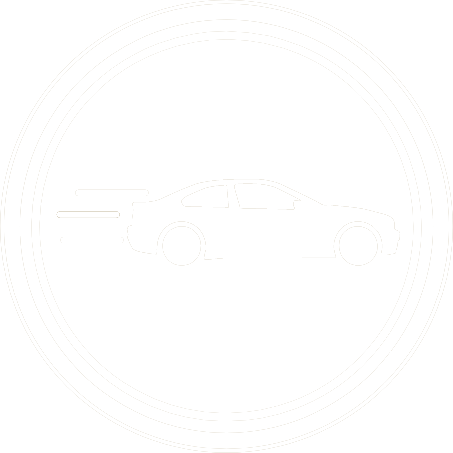The new Kia Sorento was launched in January 2022 and ushered in a makeover for the entire Kia range as new model updates cycled through – now, more than a year down the line in which lots of new, competitive models were launched, the question may be asked as to how the Sorento is holding up.
The answer, in short, is very well. It is also still plainly evident why it was chosen as a finalist in the SA Guild of Mobility Journalists’ Car of the Year competition.
The SX specification version in this review is one level short of flagship but, in the week spent driving the vehicle, we were hard-pressed to find any level of technology or luxury that was actually missing and this becomes significant in these times of budget constraints.

Priced at R984 995, the Kia is much cheaper than immediate rivals such as the Hyundai Santa Fe and Ford Everest 2.0 BiTurbo Sport but, as mentioned, lacks nothing in the have-to-have or nice-to-have departments.
The turbo-diesel engine has ample power and torque, the seating the right amount of support to make the long-haul pain free and there is enough tech to satisfy the modern generation.
Configurable space is always important in a vehicle such as this one and, while it has three rows of seating and is able to seat seven passengers, the rearmost row quickly folds flat (60:40) to provide up to 2 011 litres of usable luggage space – and do not have to be removed in order to do so.
This latest generation of the Sorento is part of a complete makeover of the Kia product range and its corporate brand identity initiated with the new (and much more) stylish logo design. Equally, the car itself has grown from a fairly utilitarian iteration (circa 2002) to being quite a handsome beast.

As is the norm in the world automotive, this new version is 10 mm wider than the previous one and 10 mm longer thanks to a new platform that also sees the wheelbase extended by 35 mm.
The front of the Sorento has h a new interpretation of Kia’s ‘tiger nose’ grille, while the headlamps feature a new ‘tiger eyeline’ LED daytime running light and it gets new vertical tail lamps, which wrap around the side of the body.
Kia has been putting a lot of effort into improving the design and styling of their vehicles, and the Sorento is no exception. It features a modern and distinctive exterior design with updated grille designs and other design elements that set it apart from its competitors.
The cabin introduces a design, based around twin digital displays in the dashboard. The 12,3-inch digital driver instrument cluster is twinned with a 10,25-inch touchscreen infotainment and navigation system at the centre of the dashboard.

When activating the indicator, the left or right-hand cluster in the dash responds by showing the blind spot view from the mirror cam. This, although taking some getting used to, is supremely useful when overtaking or changing lanes as well as kerb-spotting in delicate reverse parking manoeuvres.
The four-cylinder, 2,2-litre ‘Smartstream’ diesel engine fitted to the Sorento produces 148 kW at 3 800 r/min and 440 Nm of torque between 1 750 r/min and 2 750 r/min.
With a new aluminium block – 19,5 kg lighter than the cast iron block of its predecessor – the new engine is 38,2 kg lighter compared to that found in the third-generation Sorento and is paired with Kia’s new eight-speed wet double-clutch transmission (8DCT).
Kia claims an average fuel consumption of 6,8 l/100 km and our test route confirmed it frugal nature with a real-time figure of 7,1 l/100 km – this including a short section of dirt road to experiment with handling and traction.
Its overall stability on and off-road is thanks to the change from the original ladder-frame chassis to a monocoque design from the second generation onwards and, in this version the much-revised suspension geometry makes the overall ride more supple, comfortable and agile when needed.
In fact, despite it 4,8 metre length the Sorento never really feels like a big car and, equipped as standard with Kia’s Vehicle Stability Management (VSM) and Electronic Stability Control systems it is easy to maintain control under braking and cornering.

Specs:
Price | R994 995 |
Engine | 2,2-litre inline 4-cylinder, turbo-diesel |
Power | 148 kW |
Torque | 440 Nm |
Gearbox | 8-speed DCT automatic |
Driven Wheels | All |
0-100kph | 10,9 sec |
Top Speed | 190 km/h |
Average Fuel Consumption | 7,1 l/100km |
CO2 Emissions | 177 g/km |
Colin Windell – proudly CHANGECARS











